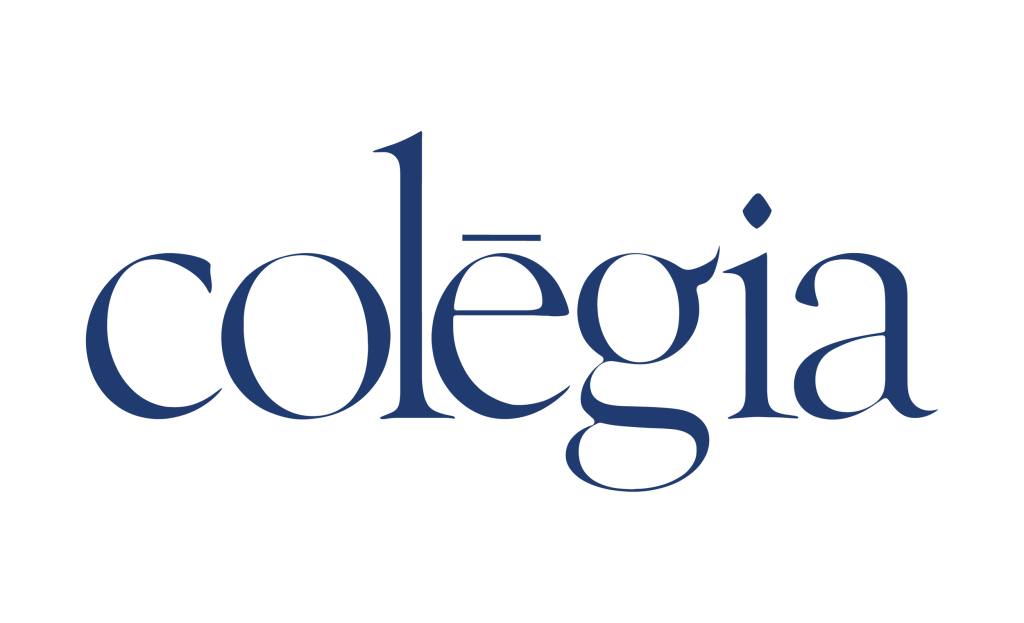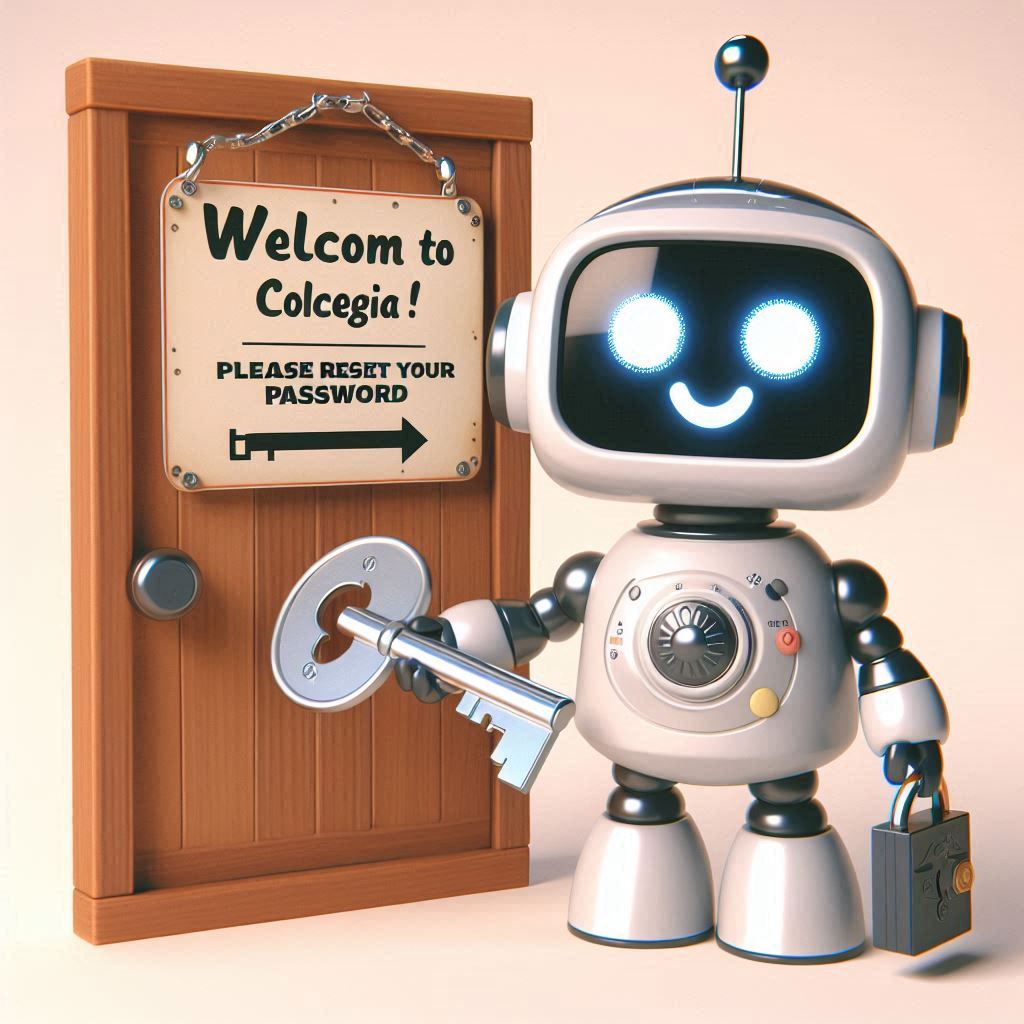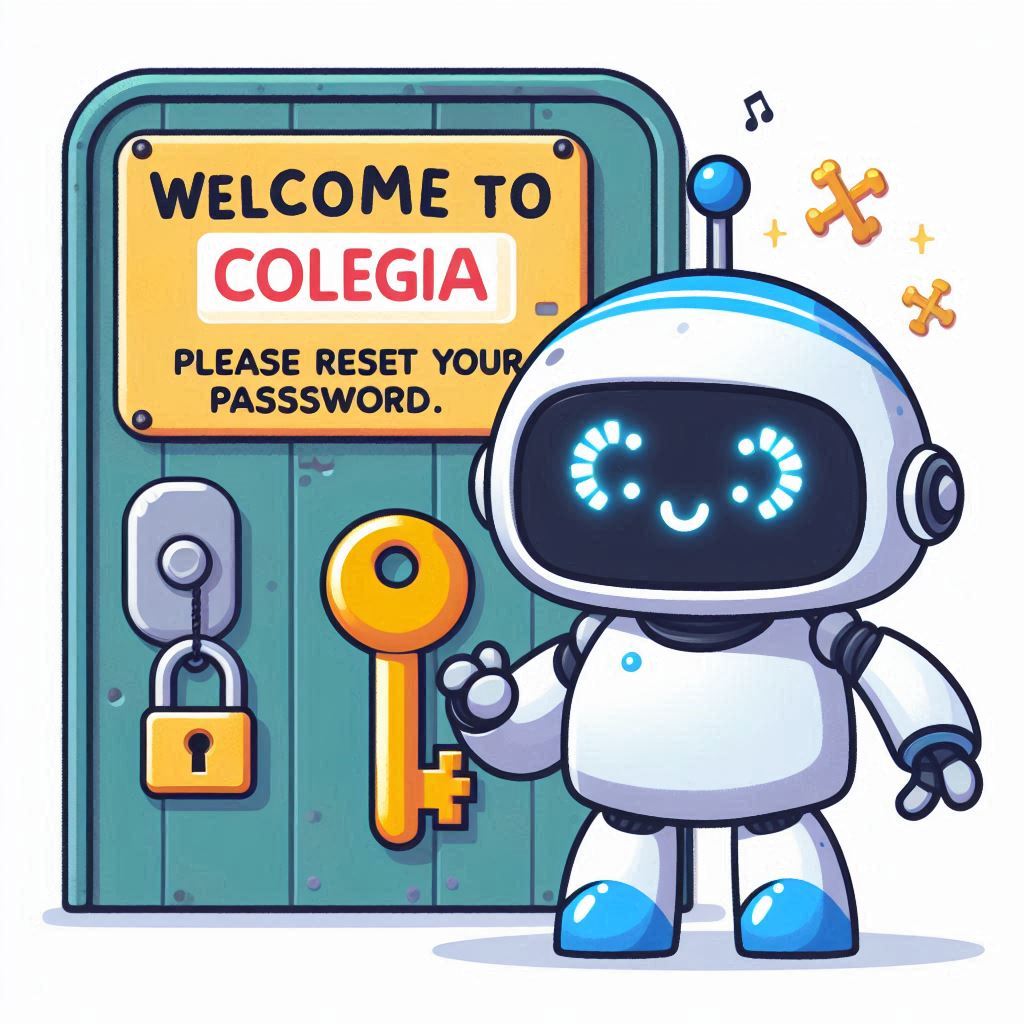Reset Password
But for users of Colegia, losing a password can be quite a regular thing in their daily experiences. Fortunately the platform has some clear steps when a user wants to change the password of their account. Here in this guide, you will learn the common procedures that would allow you to reset your Colegia password without much of a hassle to then be able to configure your access to this site once again.

Now that you see password security in detail, you know why it is such a big deal.
However, password security is the first thing that needs to be understood before getting to the process of the reset. Password is always the first barrier between you and the hackers who want to gain unauthorized access to your account. That means that when coming up with a new password, make sure that, it is not a password that is easy to guess, it should contain letters in upper case, lower case, numbers as well as special characters; passwords like birthdays and alphabetical passwords which may be guessed easily are discouraged.
How To Reset Password
Step 1: Visit the Login Page
First step is to open the Colegia login page. This can be done either by manually typing the site address in the browser line or by simply typing in the words ‘Colegia’ in any Search Engine.
Step 2: Click on “Forgot Password?”
And on the login page it should be written “Forgot Password?” link, often placed below the password entry space. This link is to be clicked to begin the password reset process.
Step 3: Enter Your Registered Email
It will ask when subscribing for the Colegia account, the email address, which you will enter. The email address that was used during registration is the one that will receive the instructions for reset.
Step 4: Check Your Email
After entering your email address, wait receipt a password reset email at your email from Colegia. You should also make sure to look at your spam or junk mail if you do not see it in your inbox. Conversations can – and sometimes are – archived and can therefore be found virtually anywhere; it is best not to overlook any potential location.

Step 5: Follow the Reset Instructions
In the email, you will be able to open the link to change the password. On clicking this link, it will redirect you to the page where you can generate a new password on your own. This link is normally used for a limited time so it advisable to use it immediately.
Step 6: Create a New Password
A good password is any password that is given when the user is asked to set a new password. Make sure that complies with the security attributes defined on the password creation page.• A combination of both the capital and the small letters• One or more symbol characters (for example @, #, $, %)., you will find a link to reset your password. Click on this link, and it will direct you to a page where you can create a new password. This link is typically time-sensitive, so it’s best to act on it promptly.
Step 6: Create a New Password
When prompted to create a new password, choose one that is strong and unique. Ensure it meets the security requirements specified on the password creation page. A recommended structure for a strong password includes:
- A minimum of 12 characters
- A mix of uppercase and lowercase letters
- At least one number
- At least one special character (e.g., @, #, $, %)
Step 7: Log In with Your New Password
When you have changed your password successfully the next thing after that is to go back to the Colegia login page. Just enter your email and new password to sign in. Once users have logged into their characters then users should be able to navigate their accounts effectively.
Step 8: Change Your Passwords From Time to Time
Though it is safe to keep your password unchanged for a long interval of time, for better security on the account it is well advised to change it from time to time. This should be done periodically say every three or six months or as soon as the user feels someone else has gotten his password.

Conclusion
Forging a Colegia password is therefore as easy as it can take less than five minutes to get it done. Therefore, by using the steps provided in this guide, anyone will be able to get back to their account within minutes. Users have to assure that password selected is strong and again to keep this password in a safe place to minimise the risk of being hacked thus denying third parties access to your important information on the platform. If you experience any problems while accomplishing the suggested steps, feel free to address the Colegia team for help.
Regular password hygiene and updating of your credentials will go along way in ensuring that your account is not accessed by the wrong people. Security is always good to be updated due to the increase in use of digital interactions and a little more proactive will go a long way in boosting your online security.
FAQs
Q: What should I do if I don’t receive the password reset email?
A: If you didn’t get the email, please check your spam or junk mail folder. If it doesn’t appear, go back and be sure that the email address you used to sign up was correct by typing it in again. If you still don’t receive the email, please contact colegia support for help.
Q: May I have the password I had at some previous session with me?
A: It is advisable to create a new password especially for security purpose, instead of using the previous and repetitive passwords. This is useful to boost up security of the account and minimizes the chances of the maggots controlling it.
Q: How often should I change my score Colegia password?
A: As a security measure it is wise to do it as frequently as possible maybe every few months. You should also change the password every time you feel that your account’s privacy has been violated.
Q: What if I type in wrong password yet again?
A: In the future if you have forgotten the password you just have to go through the same process of password resetting as described above. It is kept simple to help you as a user complete it fast to achieve your needs.
Q: Will my personal data be protected when I, or my child, joins Colegia?
A: Yes, Colegia use high level of security mechanisms in order to guard your information that you will be inputting into the system. Continuous updating and post-monitoring are done in order to ensure that the platform is not corrupt.